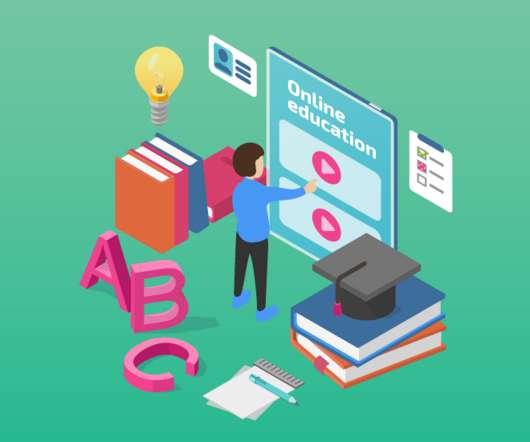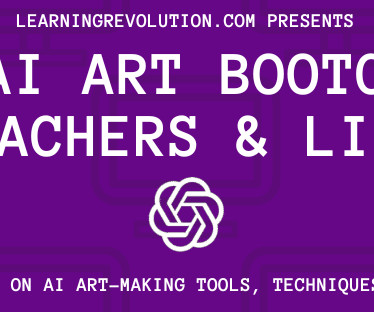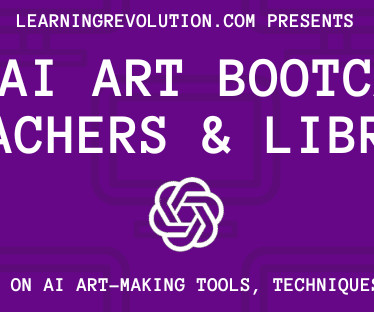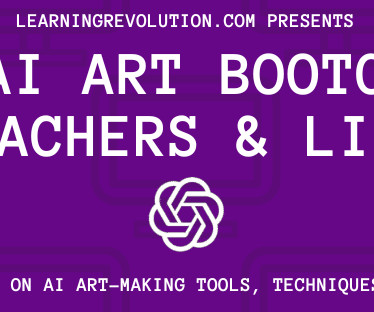Funding Edtech with the E-Rate Program and Grants
edWeb.net
NOVEMBER 13, 2019
As schools and districts strive to meet their existing technology needs and prepare for the future, access to federal and state funding, along with other grants, is making a major difference in whether students engage in 21 st century learning or are left behind. Accessing the E-Rate and Matching State Funds.























Let's personalize your content